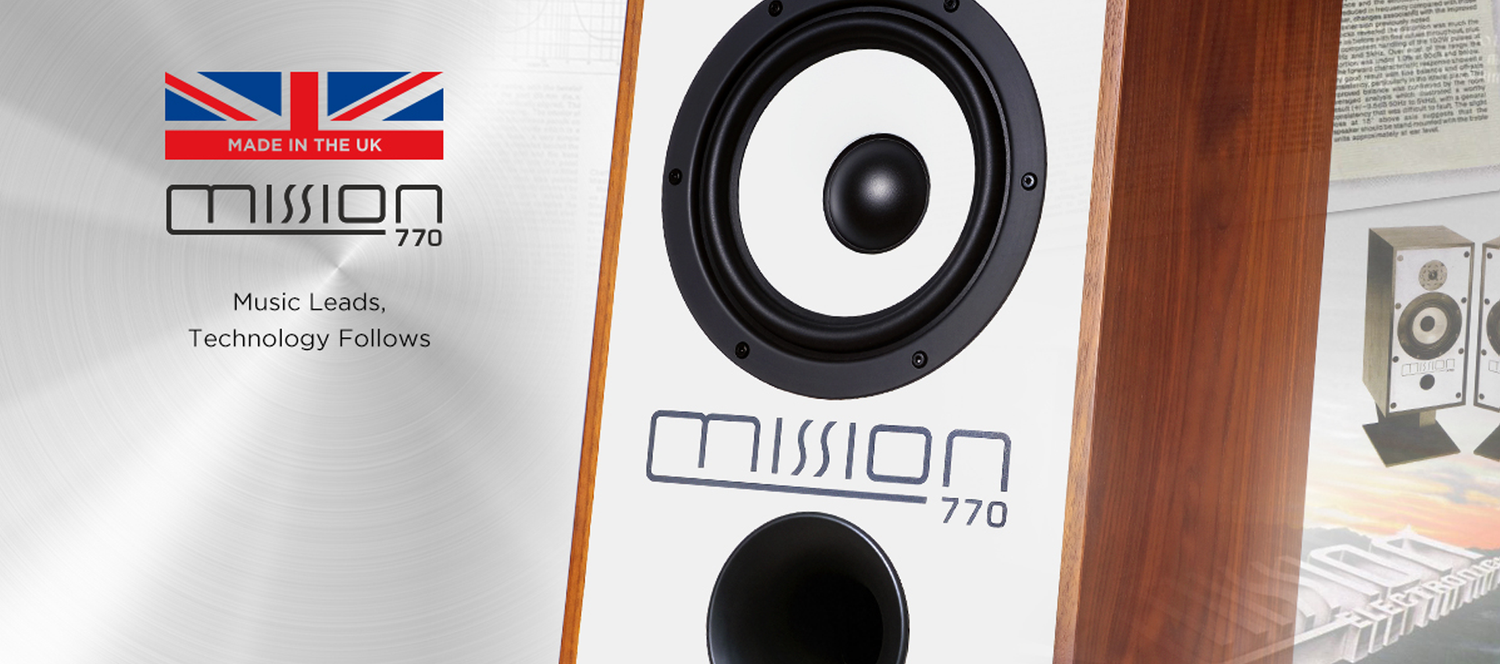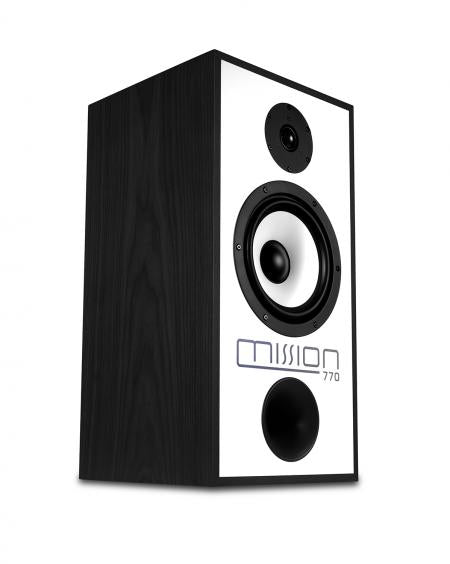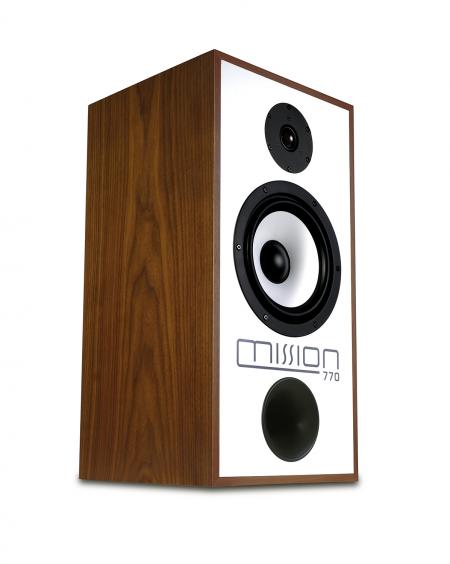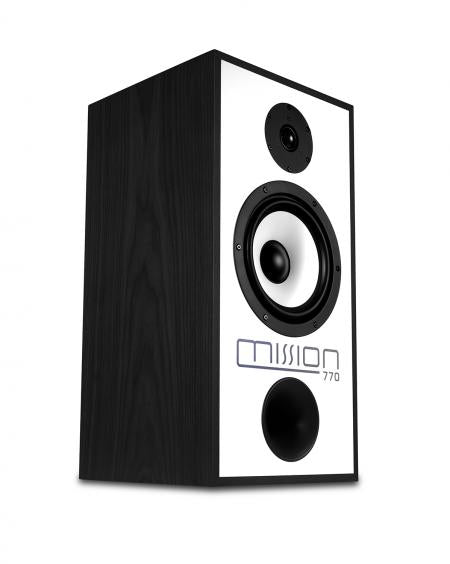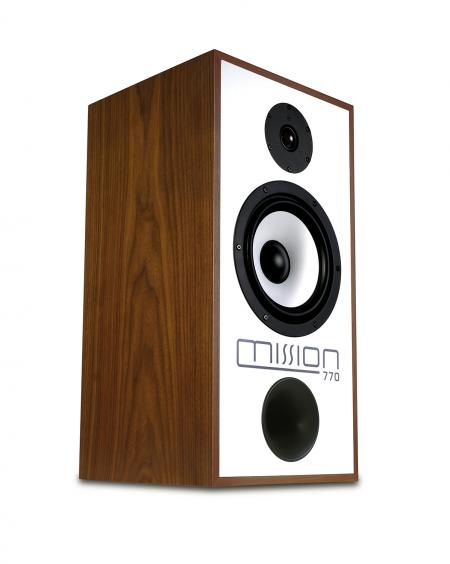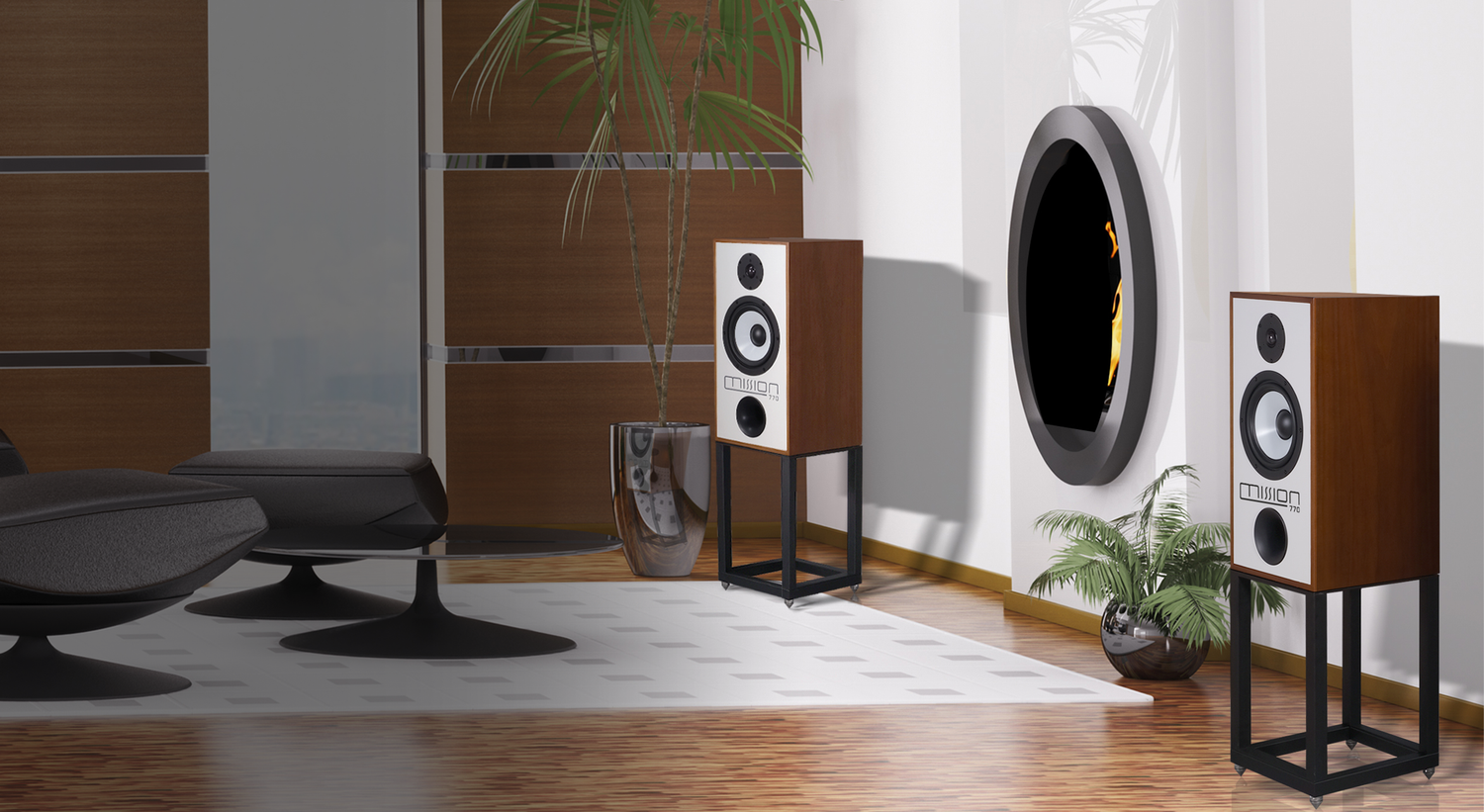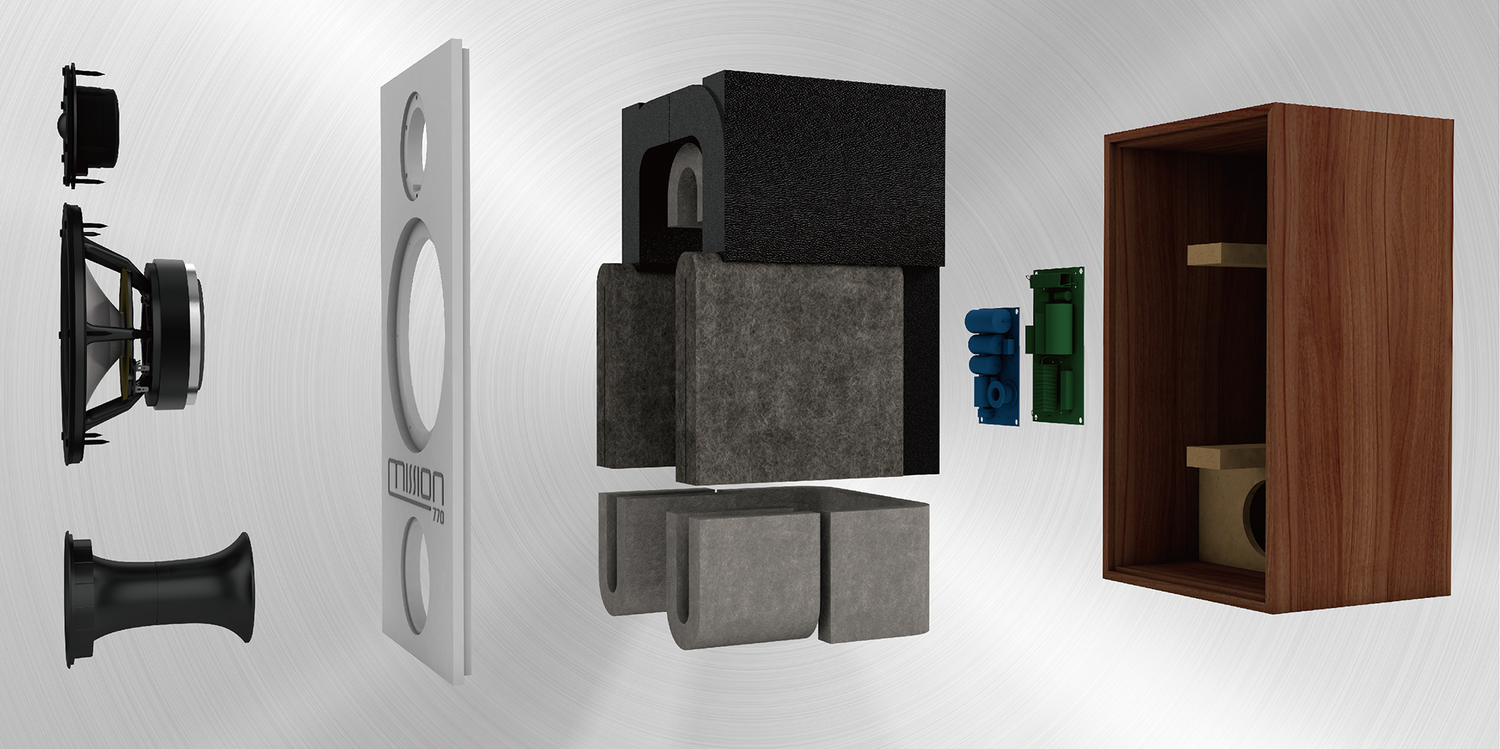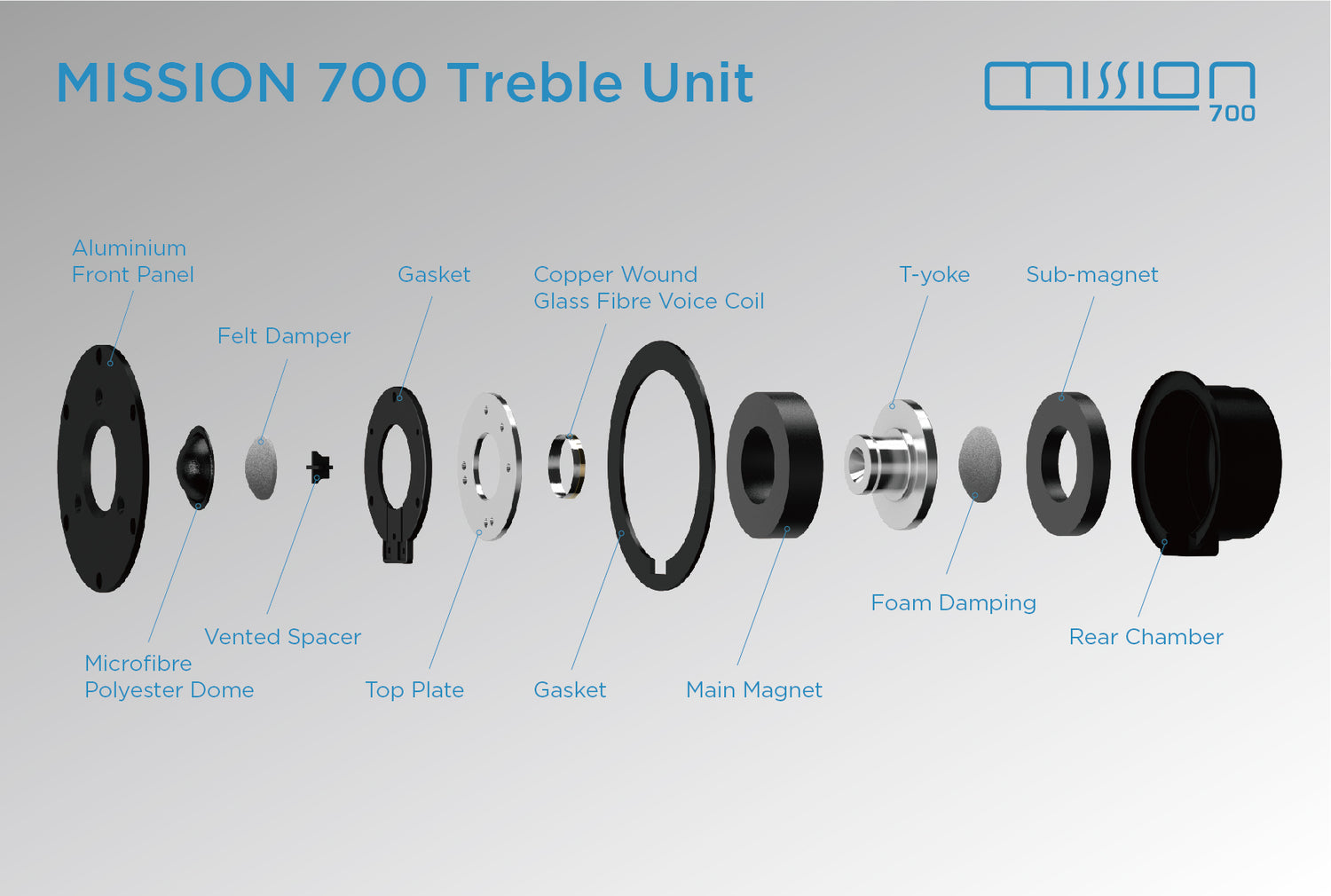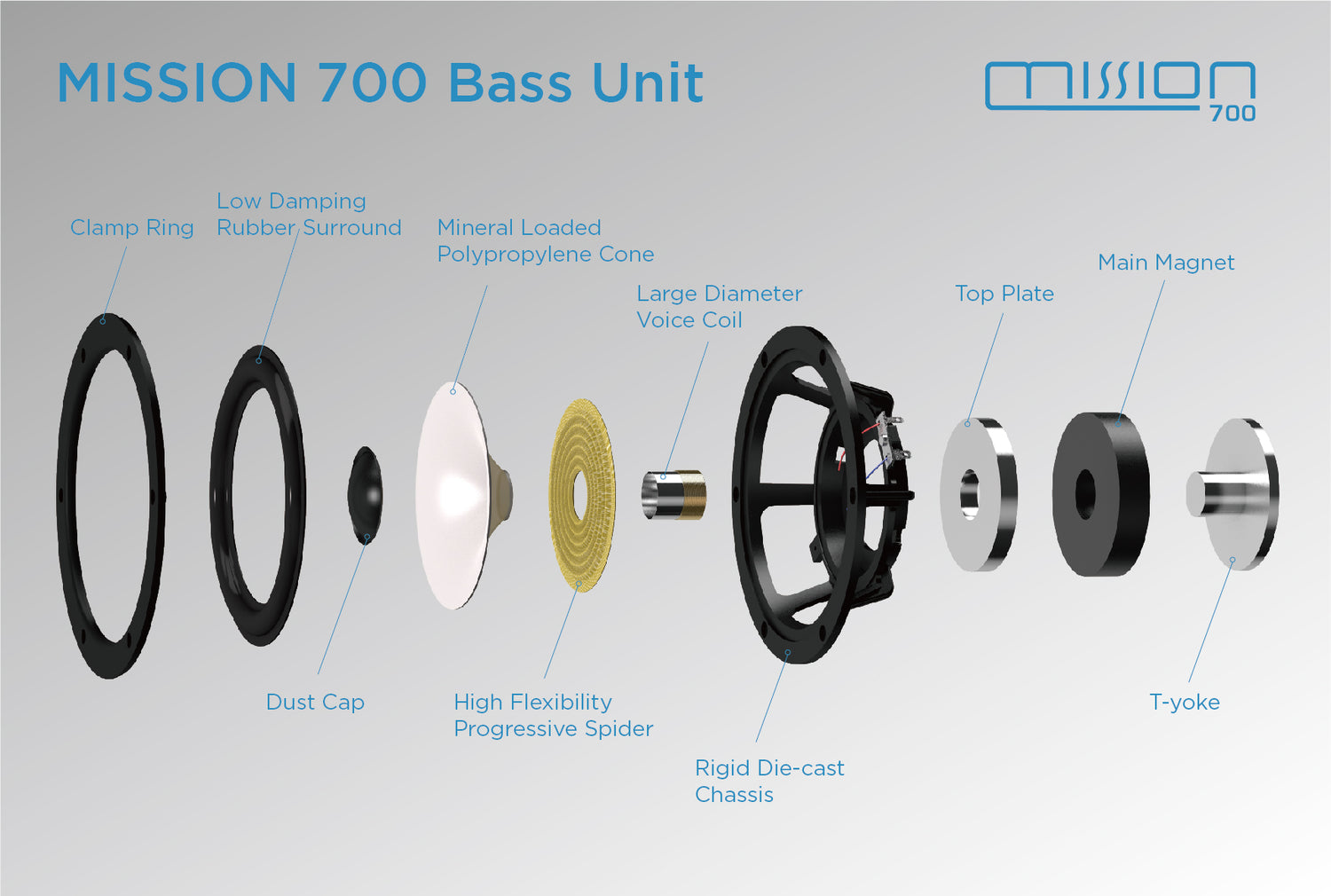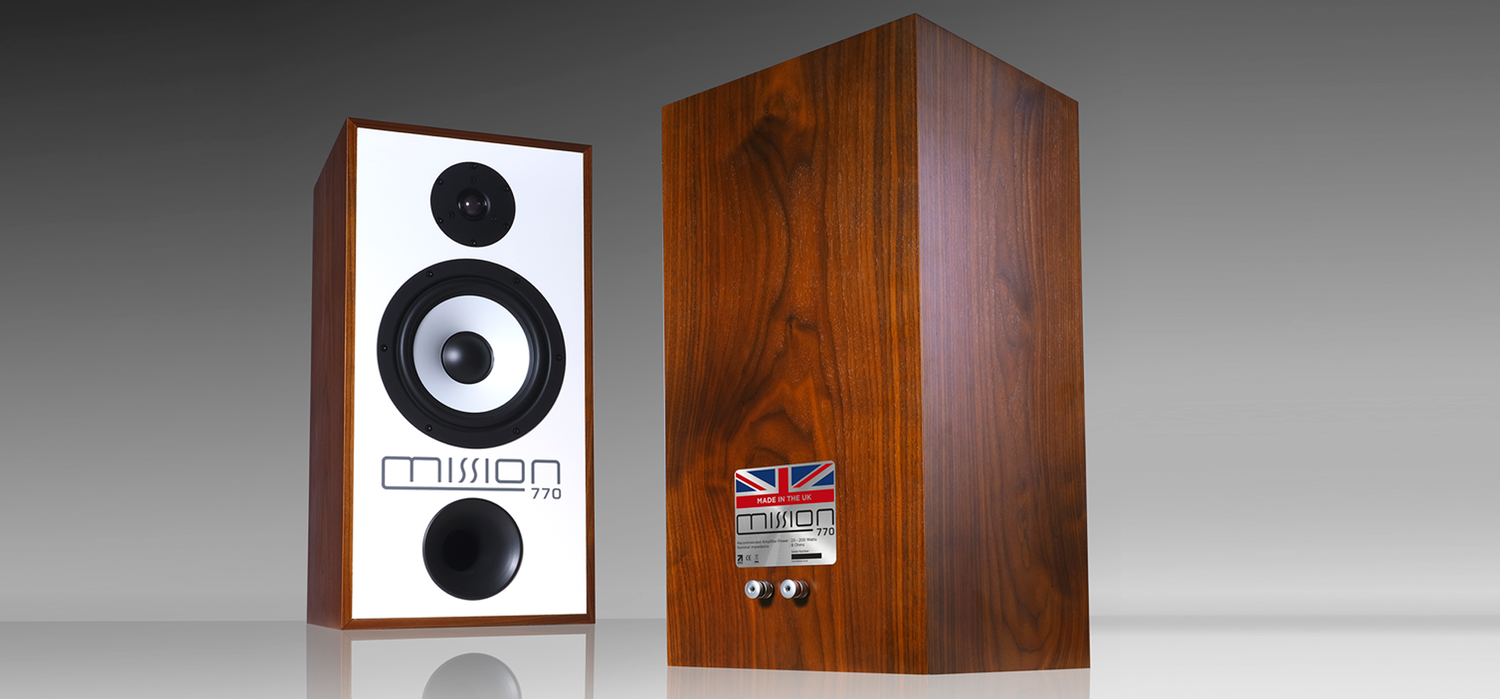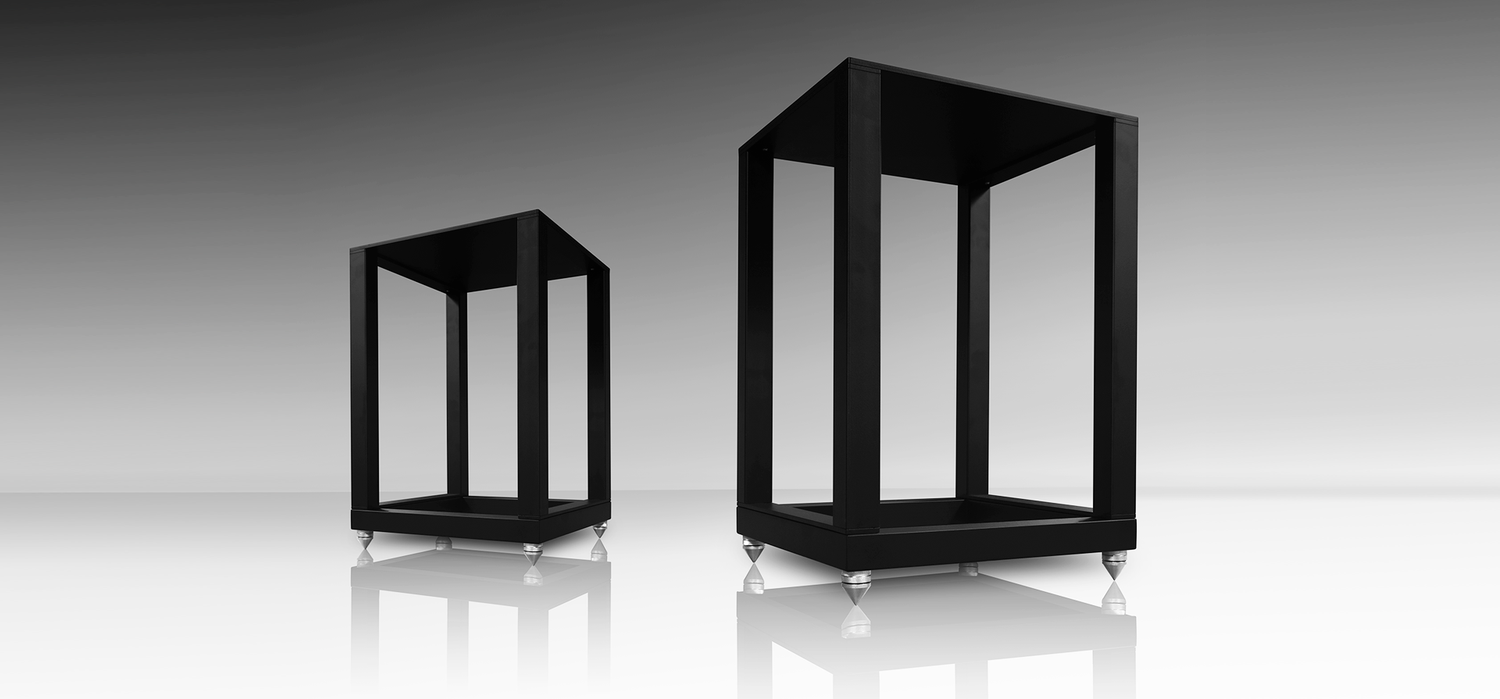The new 770 heralds the return of UK-based manufacturing for the Mission brand, where a 25,000 square foot production facility has been purpose-built in Huntingdon, Cambridgeshire – the home of British Hi-Fi.
The Mission 770 has always been manufactured according to the Mission principles of quality and value for money. New Mission 770 further exemplifies these two edicts; balancing fine craftsmanship, natural sound quality, and affordability inside a beautifully proportioned loudspeaker that has been bought in its millions right across the globe through its various incarnations.
The original 770 was well known for its warm, rich and natural sounding character and the new Mission 770 retains that standing but imbues it with an open, detailed performance that will entice you to explore your whole music collection, once more.

